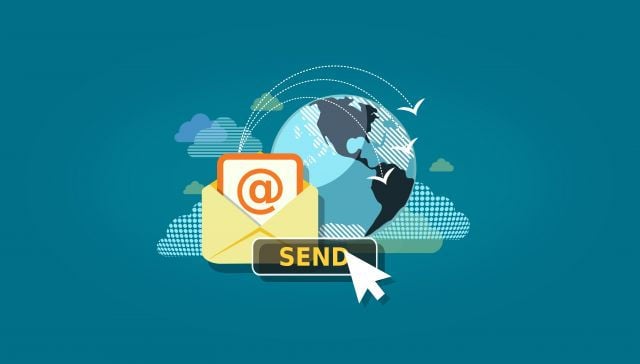"Unleashing the Power of Email Marketing: Your Key to Unprecedented Outreach and Engagement In the...
Reply, Reply All, Cc, and Bcc best practice

Have you ever wondered about the correct practices for handling your emails?
First and foremost, it's essential to understand the distinctions between Reply, Reply All, Cc, and Bcc, and, more importantly, to discern when to use each option effectively.
Let's begin with the REPLY option. You should utilize Reply when you intend to send your email to a single recipient. However, before hitting that Reply button, consider the following:
- Is the email meant for your eyes only, without the need for further sharing?
- Are there other individuals who also need to be privy to your response?
- Does your email contain information that could potentially impact others?
- Should everyone in the email chain remain in the loop?
Taking a moment to consider these questions will undoubtedly guide you in making the appropriate decision.
Another option is to use REPLY ALL. However, before employing this option, it's crucial to evaluate a few key factors, such as:
- Whether your response will have an impact on multiple individuals
- Whether other recipients require access to your reply
- Whether other participants in the email thread share the same queries as you
- Whether your organization encourages feedback from all individuals included in the email chain
- Whether the email was not exclusively directed to you
Moving on to CC (carbon copy), this feature allows the email recipient to view the entire list of other recipients who received the same email. It can be effectively used to provide a group of individuals with the same information and eliminate any ambiguity regarding the distribution of information.
Lastly, there's Bcc (blind carbon copy), a useful tool when you need to send an email to multiple recipients, but wish to keep the recipient list discreet. This function ensures that email recipients cannot view the identities of others who have received the same message.
In conclusion, mastering the appropriate utilization of these email functions is crucial in ensuring efficient and effective communication practices



